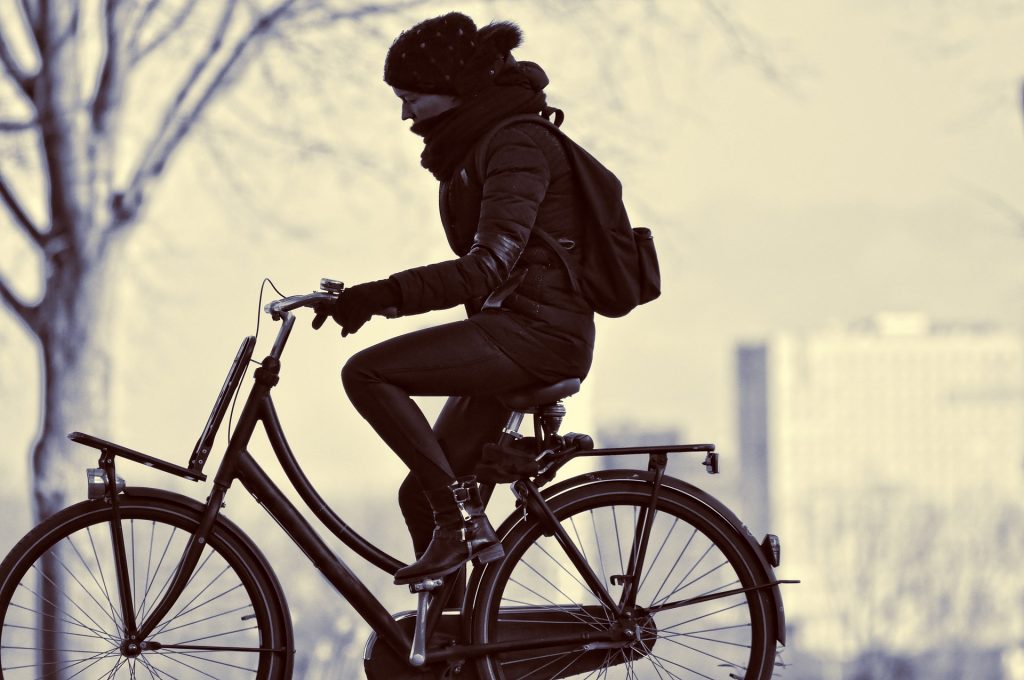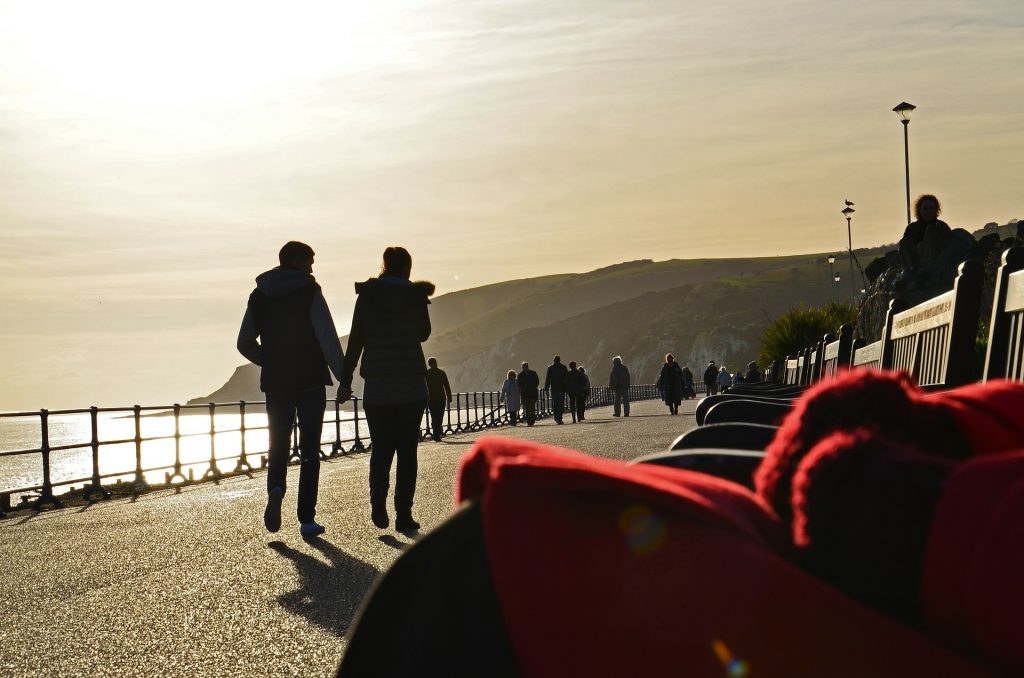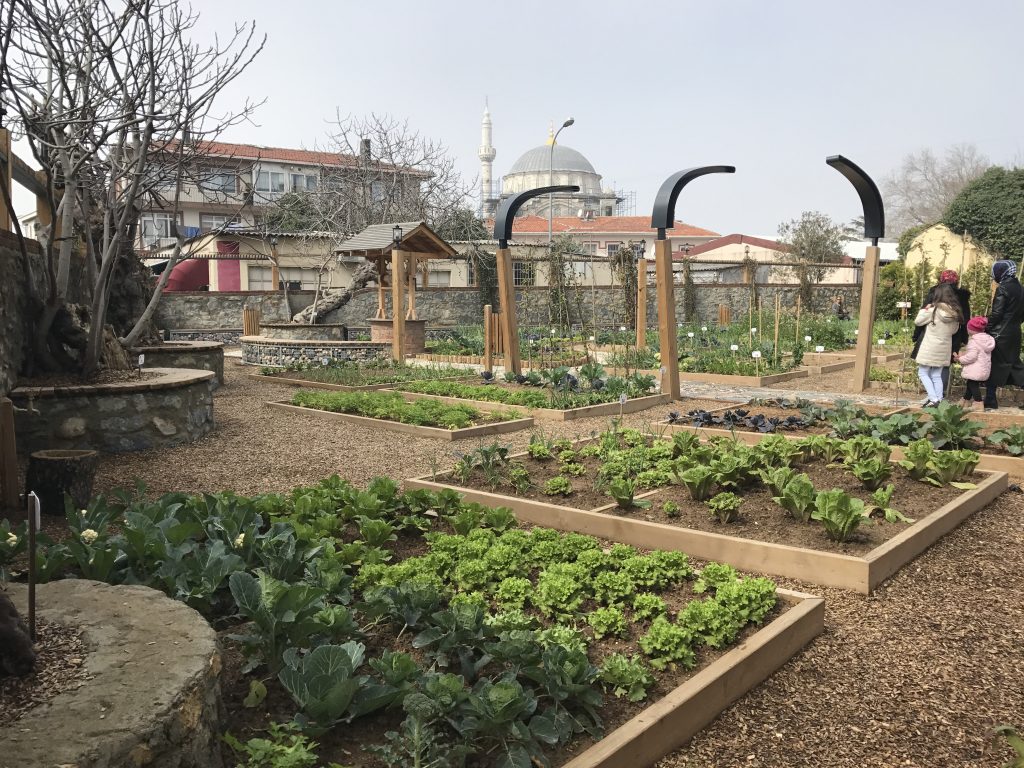Most citizens of Istanbul, including myself, have a tendency to get caught up in a cycle of complaining about the things that are wrong in the city and doing nothing about it. What can we do to improve the experience of living in such an amazing yet complex metropolis? The following are three well-meaning ideas, a bit naive if you will, that have a common denominator: give the city of Istanbul back to pedestrians. Although these proposals might seem science fiction, there have been timid attempts to apply them around the city. Maybe with a bit more of a common effort they can become a reality.

Making Istanbul a Bike-Friendly City
Is it possible for Istanbul to become a bike-friendly city? Probably not, you might be thinking: one of the most traffic congested cities in the world, very steep streets, transport authorities not especially keen to encourage cycling and a backward culture in terms of healthy lifestyle habits. But maybe against all odds cycling in Istanbul is possible.
Let’s think about places like Kadıköy – Bostancı cycle path, a pleasant stretch by the sea where you can ride your bike. Or Belgrade forest, one of the lungs of the city with multiple bike trails. And the Princes’ Islands, that bucolic car-free oasis. These places should be the rule, not the exception.
Is it really possible in a city set on seven hills to create bike lines? Yes. You just have to look at cities with similar steep rolling hills like San Francisco where biking is a reality. There are plenty of ways around the hills like flat routes or zig-zagging routes. The good news is that we don’t have to reinvent the wheel to introduce cycling in the city. Istanbul can borrow ideas from many cities around the world and launch popular events, with the support of the relevant institutions, such as bike to work days, bike clubs or bicycle-friendly business districts (with bike-related businesses, bike racks and corrals) that raise awareness within the Turkish society of the immense benefits of riding a bike in our daily life.
Introducing a bicycle sharing system, like Bicing in Barcelona or Vélib’ in Paris, for small and medium daily routes its one of the keys to success. The increase in cycling and health benefits where bicycle sharing systems are run are undeniable. There is already a system called Isbike with lines between Göztepe and Maltepe, Avcılar and Yeşilköy and around the historical peninsula. This model or a similar one could be rolled out by stages supported by the addition of cycling lanes, the involvement of the municipality with a mobility plan that supports it and sensitization and conscientization programmes for drivers.

Gaining the Coast Back
If you ask tourists and Istanbulites what is the best thing of Istanbul they’ll probably have the same answer: the Bosphorus. However, if you examine the reality more closely you will find very few places where you can actually enjoy a direct access to the Bosphorus water with a genuine public space. The Kadıköy – Bostancı promenade mentioned before is probably one of the best examples of a coast friendly stretch. But a large part of the Bosphorus coast both on Asia and Europe, is blocked by residences, restaurants and old factories. Even districts like Bebek and Üsküdar, with long stretches of direct access to the coast are made up of concrete poured floor with sometimes the absence of handrail or stepped platforms towards the water.
To explore this idea of gaining the coast back, let’s check how other cities, such as Hamburg and Barcelona, implement it.
In Hamburg, the HafenCity recovered the warehouse as a place of art. The relocation or reuse of the shipyard is a very important factor of success. A similar approach can be taken along the coast of Harem, the Golden Horn and Karaköy. There are a few examples like Istanbul Modern or the upcoming Antrepo 5 that are opportunities to create traction. The main problem seems to be the lack of an urban master plan that supports it beyond real estate speculation and towards a real development of the city for the pedestrians.
Barcelona held the 1992 Olimpic Games. It was a fantastic opportunity of a large scale event to develop projects that acted as engines for the redevelopment of the coastline and to get high-quality waterfront urban areas. Istanbul hasn’t had so far an event of this magnitude to allow this opportunity but it should push for it. There has to be a public debate on the subject of the coast regeneration through exhibitions, conferences, competitions for young architects to redesign these spaces and publications with this focus in mind. Launching an awareness campaign or a big event that joins these activities might be the boost that the coast of the Bosphorus needs. Adding benches in a concrete coast is not enough. Istanbul needs to embrace the water, not reject it. Recently the renovation projects for the Üskudar and Karaköy coasts have started. While the renders shown on the fences seem to be far from a well thought-out urban design are at least a very small step in the right direction.

Growing the City Greener
Istanbul has alarming levels of air pollution. Whenever I see old pictures of Istanbul I am amazed at the green that was once covering the city. One of the simplest ways to gain back some green to the city is with urban agriculture. Istanbul is full of spaces on the fringes of urban areas (edges of railways, industrial parks…) more than suitable for the introduction of urban and peri-urban agriculture. These spaces give a great chance to escape from the chaos of the city, decrease pollution and bring the community together. Vacant lots can be used for the creation of community gardens and can be organized by neighbors associations that in turn give each neighbor a plot of land for a period of time. These associations could give continual support and training so it becomes a learning place. This would lead to innumerable benefits: children playing in a healthy environment, encouraging organic farming for young people or solid waste management by composting among others.
Many studies show positive health effects on those who participate in these activities, on nutrition, fitness and happiness. And let’s don’t forget the positive climatic effects including augmenting carbon sequestration, reducing the urban heat island effect and providing a habitat for organisms.
While it is obvious that the community gardens compete with the interests of developers, they need a formal institutional support integrated as part of a sustainable urban development. A great example in Istanbul are the gardens in Kuzguncuk, where a neighborhood campaign prevented a historical vegetable garden to turn into a private school. The 2000 square-meters vegetable garden is a remarkable example of how to preserve the cultural heritage and encourage urban farming. Luckily another bostan has recently opened in Üsküdar. It is time for the green in Istanbul to stop being an anecdote and start becoming actual public spaces to be experienced by the citizens.









